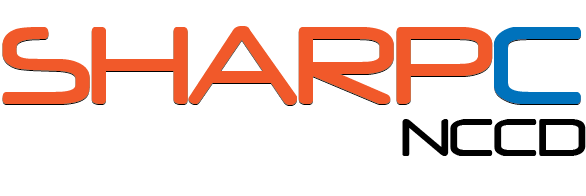MATH was invented because mismatches between workflow and information flow can make HIT’s impact on clinical care unpredictable. The way computers organize and present information is intended to support user workflow and decision‐making, but at the same time they also constrain them. The content, organization, and representation of information impose powerful constraints on the way users perform their tasks. The software of an information system actually embodies a model of workflow, whether or not it was understood, planned, or validated by the provider.
Synchrony between information flow and workflow is a key principle of for successful, efficient task performance and teamwork. If the information constraints of an HIT system do not match the appropriate workflow of care, then its users are faced with a dilemma: either perform additional overhead tasks to compensate, or follow a sub‐optimal workflow. Overhead tasks may be imposed on users when the organization or sequence of information does not match workflow, when the presentation format does not match a task, when information from diverse resources must be integrated manually, or if controlling functionality requires excessive attention. Overhead tasks in HIT are more than just extra work for healthcare professionals; they can disrupt users’ cognition, obscure their perception of tasks, and inhibit the orchestration of care. In the worst cases, poor usability can place ease‐of‐use in opposition to safety.
In order to create evidence-based HIT systems for clinical care we have developed MATH, a method that is supported by an integrated suite of software tools. Our vision for MATH is that HIT will serve as a reliable, understandable means for health care leaders and software vendors to work together to plan and direct strategic, cost‐effective improvements to clinical care. The technical objective is to make predictable, measurable, workflow improvements integral to the way HIT software is created. MATH analyzes, designs and validates HIT systems with credible, objective evidence that they will make routine performance of safe, efficient workflow the easiest course of action.
For a brief explanatory demo of MATH, please go to the SHARPCblog channel on YouTube (http://www.youtube.com/user/SHARPCblog?feature=watch) and select “MATH for Evidence-based HIT”. We are looking for potential partners for pilot projects with MATH. If you currently do workflow modeling of clinical care, and would like to have an initial conversation, please contact SHARPC@uth.tmc.edu.
